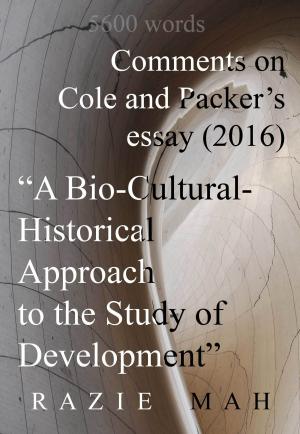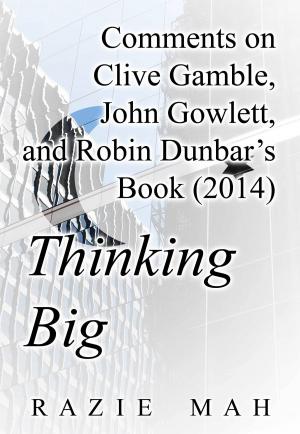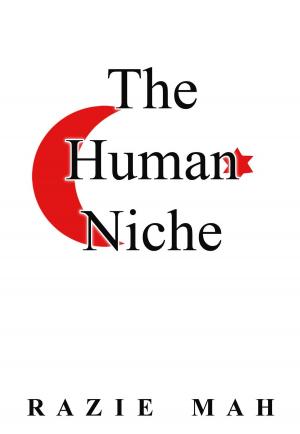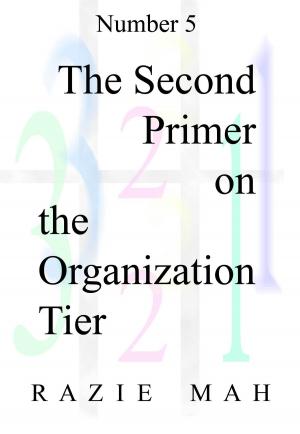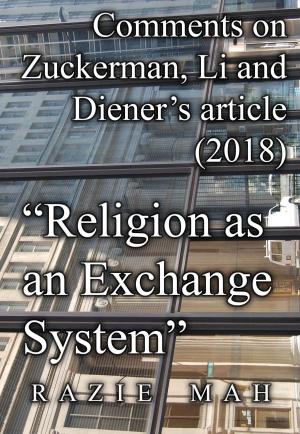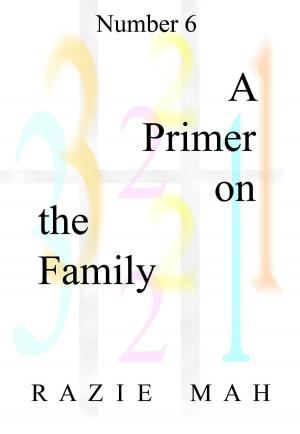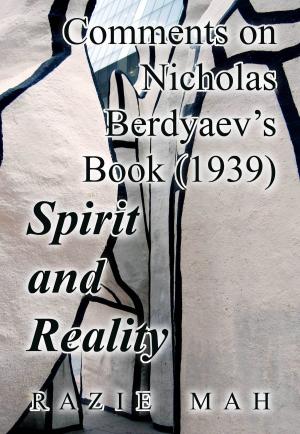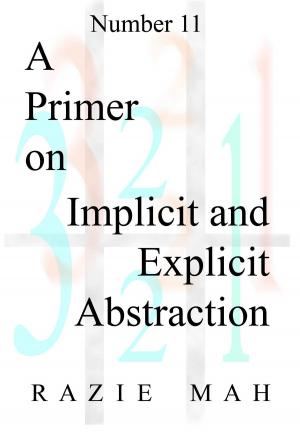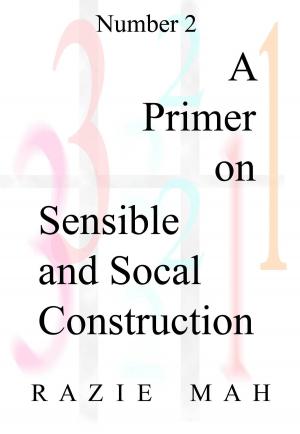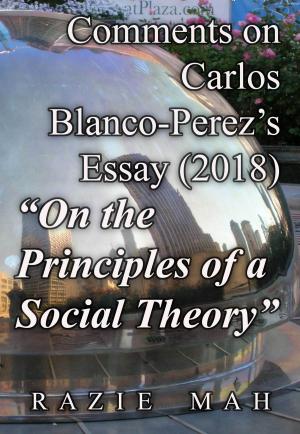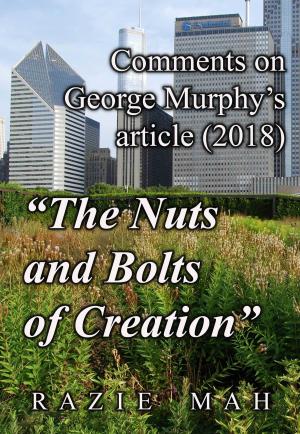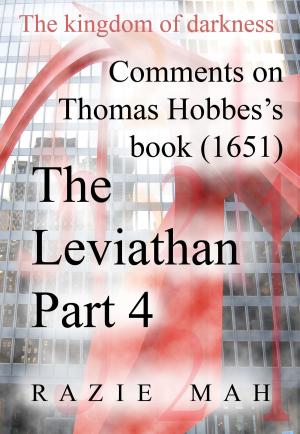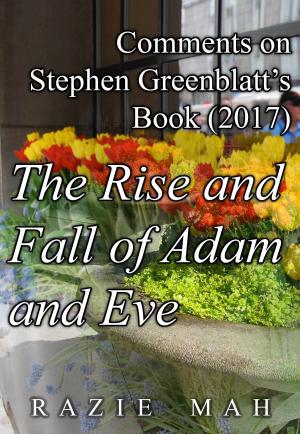Comments on Paul Cobley's Essay (2018) "Human Understanding: A Key Triad"
Nonfiction, Religion & Spirituality, Philosophy, Epistemology, Fiction & Literature, Literary Theory & Criticism, Theory| Author: | Razie Mah | ISBN: | 9781942824527 |
| Publisher: | Razie Mah | Publication: | August 5, 2018 |
| Imprint: | Smashwords Edition | Language: | English |
| Author: | Razie Mah |
| ISBN: | 9781942824527 |
| Publisher: | Razie Mah |
| Publication: | August 5, 2018 |
| Imprint: | Smashwords Edition |
| Language: | English |
After Thomas Sebeok dies, John Deely assumes the mantle as the premier semiotician in America. After a few short years, John Deely dies. Now, there is no independent thinker to don the robe. In this lacunae, we remember.
Paul Cobley offers a wonderful contribution. His article first appears online in June 2018 for The American Journal of Semiotics, the flagship publication of the Semiotic Society of America. He engages with one of Deely's many formulations of triadic relations. In contrast to Peirce's sign-vehicle, sign-object and sign-interpretant, Deely speaks of a scholastic triad: thing, object and sign.
The "sign" virtually (in virtue, not in simulation) brings an "object" into relation with the potential of a "thing".
Clearly, Deely's "sign" is not quite the same as Peirce's sign.
The category-based nested form affords a way to re-articulate Cobley's argument.
In Comments on Deely's Book (1994) New Beginnings, the category-based nested form is used to demonstrate the relational structure of the specificative and exemplar extrinsic formal causalities of signs. The scholastics come up with something very close to Peirce's definition of sign. Deely knows this.
So, Deely's triad must complement or play, in a post-modern fashion, on Peirce's definition of sign and the scholastic analysis of sign causality.
Paul Cobley's essay offers an opportunity to explore this curiosity.
After Thomas Sebeok dies, John Deely assumes the mantle as the premier semiotician in America. After a few short years, John Deely dies. Now, there is no independent thinker to don the robe. In this lacunae, we remember.
Paul Cobley offers a wonderful contribution. His article first appears online in June 2018 for The American Journal of Semiotics, the flagship publication of the Semiotic Society of America. He engages with one of Deely's many formulations of triadic relations. In contrast to Peirce's sign-vehicle, sign-object and sign-interpretant, Deely speaks of a scholastic triad: thing, object and sign.
The "sign" virtually (in virtue, not in simulation) brings an "object" into relation with the potential of a "thing".
Clearly, Deely's "sign" is not quite the same as Peirce's sign.
The category-based nested form affords a way to re-articulate Cobley's argument.
In Comments on Deely's Book (1994) New Beginnings, the category-based nested form is used to demonstrate the relational structure of the specificative and exemplar extrinsic formal causalities of signs. The scholastics come up with something very close to Peirce's definition of sign. Deely knows this.
So, Deely's triad must complement or play, in a post-modern fashion, on Peirce's definition of sign and the scholastic analysis of sign causality.
Paul Cobley's essay offers an opportunity to explore this curiosity.

